There was a seismic shift at Liverpool in the 1990s, with an era of unprecedented dominance making way for quite the struggle, but that did not stop future icons from breaking through.
After lifting a jaw-dropping 25 major trophies across the ’70s and ’80s combined, just three pieces of silverware were held aloft throughout the ’90s.
But when the 1989/90 league title was lifted, few, if any, would believe it would be Liverpool’s last for 30 years.
It was Kenny Dalglish who delivered the last topflight title for the Reds before the turn of the new millennium, with the player-manager featuring once as the club celebrated No. 18.
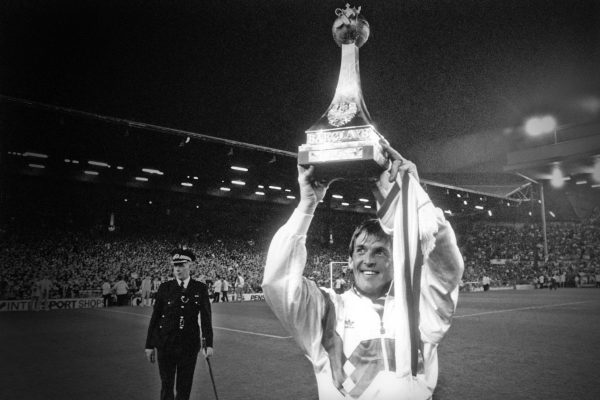
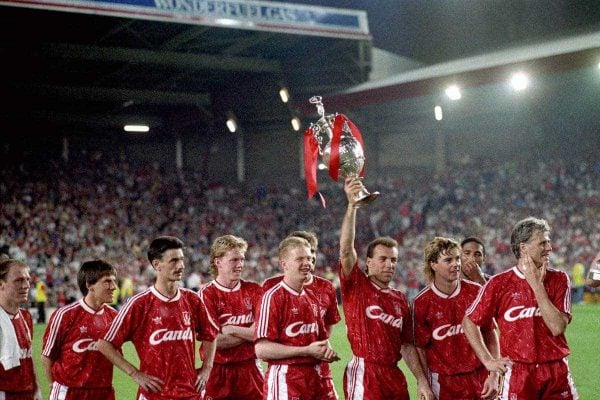
It is still hard to believe Liverpool would have to wait until 2019/20 to be crowned Champions of England once more, 28 years after the inception of the Premier League.
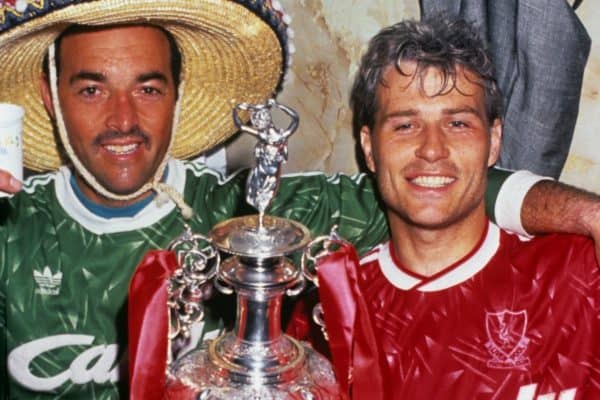
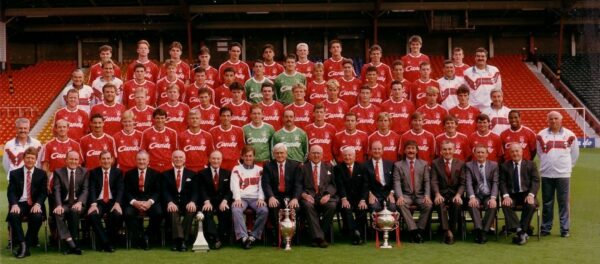
Dalglish then sent shockwaves through the club when he tendered his resignation midway through the 1990/91 campaign, as the trauma of the Hillsborough disaster weighed heavily on him.
“I could either keep my job or my sanity. I had to go,” he said.
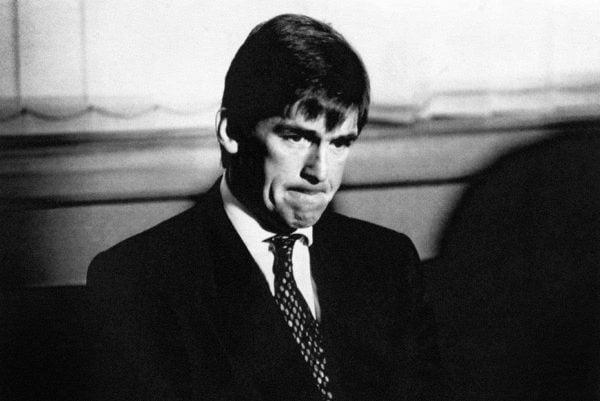
An icon of Liverpool’s success in the late ’70s and early ’80s was chosen as Dalglish’s successor. But the reign of Graeme Souness, the ex-Reds captain, could only be described as a failure.
He sought to change and modernise the club, which was often poorly executed, though he did secure one major honour, winning the FA Cup in 1992 with a 2-0 victory over Sunderland.
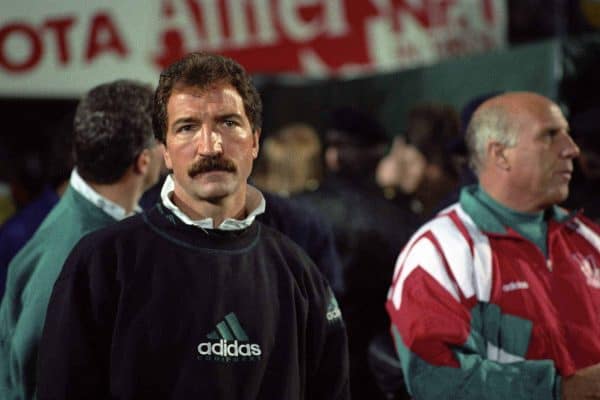
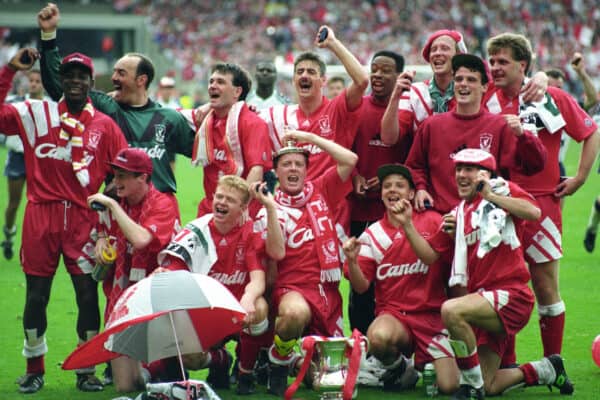
What cannot be overlooked during Souness’ short tenure was his desire to blood youngsters, and Robbie Fowler was one of the few shining lights to emerge from this time.
He scored on his debut, made his first league start three days later and then announced himself to the world with five goals against Fulham, which included a perfect hat-trick.
The start of a memorable career for God.
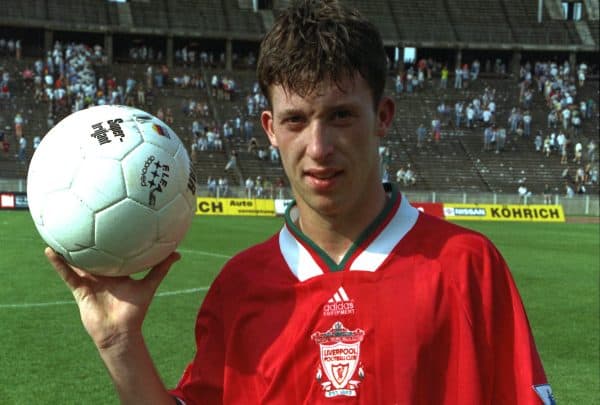
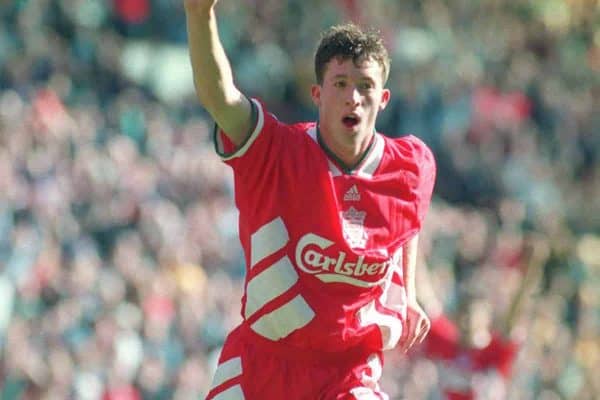
In January 1994, Roy Evans, the youngest member of Liverpool’s famed Boot Room, took the helm after Souness handed in his resignation.
He had a big job on his hands to take Liverpool back to the top and while that did not quite come to fruition, he restored the ‘Liverpool Way’ and made the team exciting to watch again.
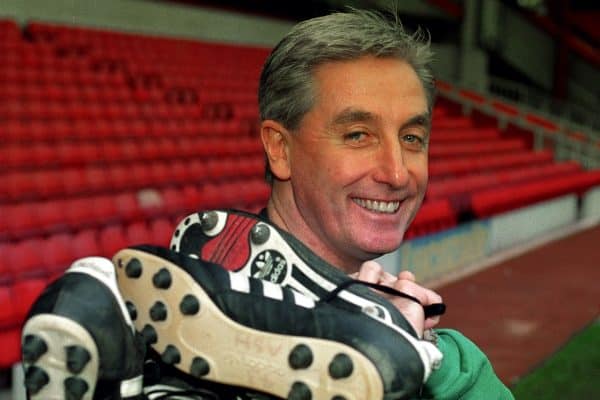
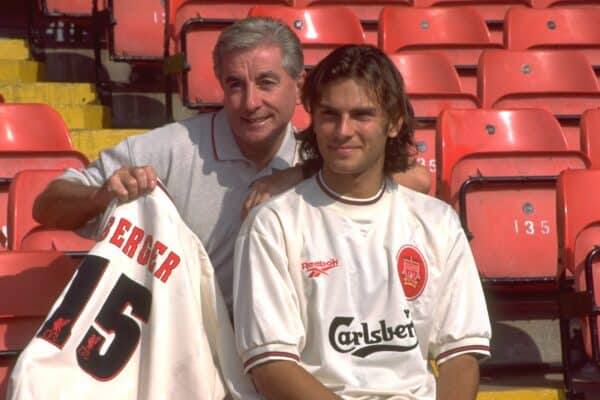
Early into his tenure, Liverpool supporters bid an emotional farewell to the most famous stand in world football, with the original Spion Kop making its final bow on April 30, 1994.
The colourful display was fitting of its mesmerising history that dated back to the 1905/06 season, with a change to an all-seater stand coming following Lord Justice Taylor’s report into Hillsborough.
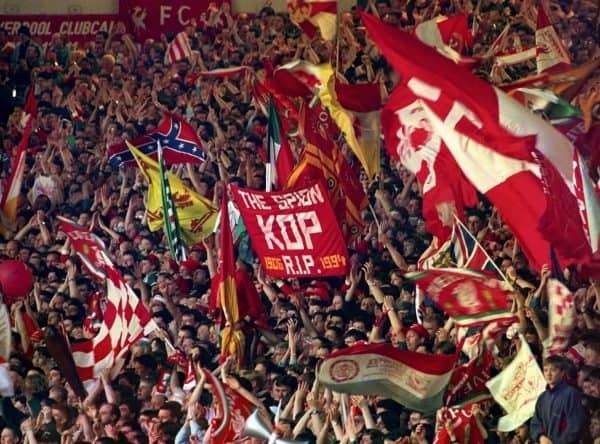
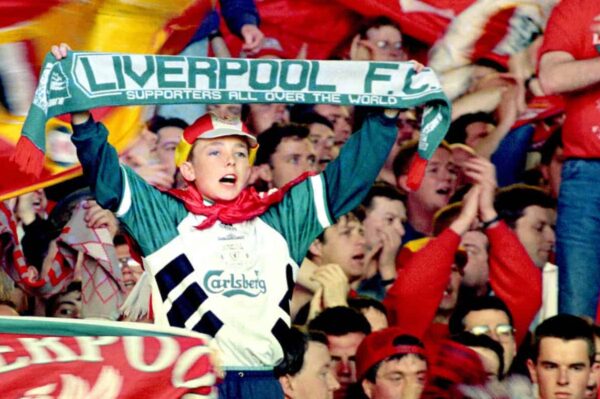
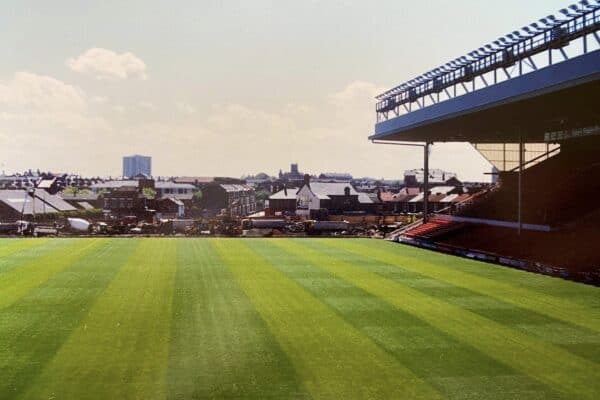
Evans inherited a talented squad but only ever managed to guide the club to one trophy, the League Cup – or the Coca-Cola Cup as it was coined in 1995.
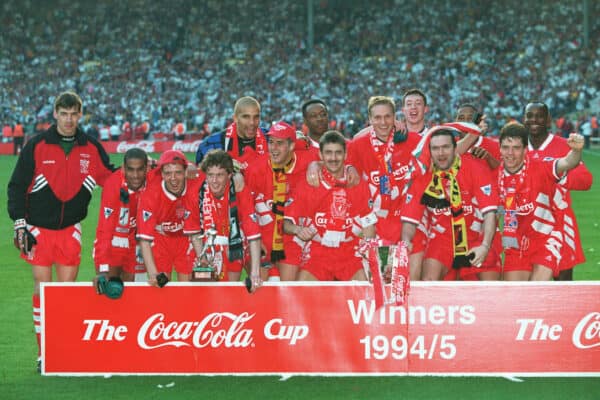
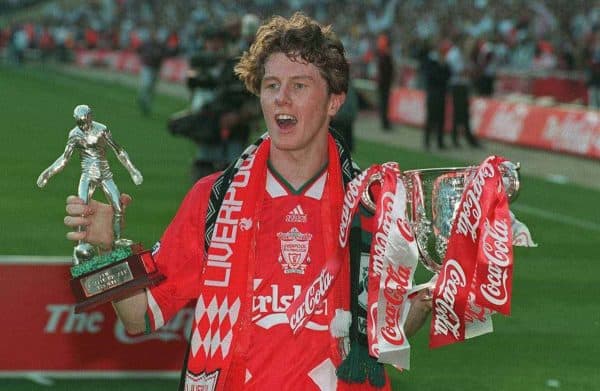
Liverpool would break a British transfer record by signing Stan Collymore from Nottingham Forest for £8.5 million in 1995.
The forward was involved in one of the Premier League‘s best-ever games – of course, we are talking about the 4-3 win over Newcastle at Anfield when he and Fowler both scored twice.
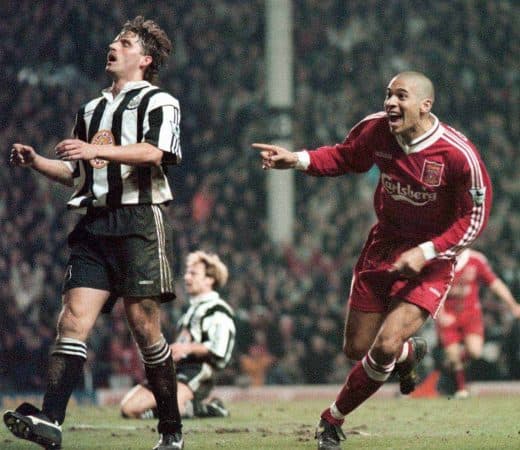
The Spice Boys era as it was coined was punctuated by the white-suited pre-match parade prior to the FA Cup final in 1996, which the Reds lost 1-0 to Man United.
That their pre-match outfits are more memorable than the match speaks volumes of how humiliating they were!
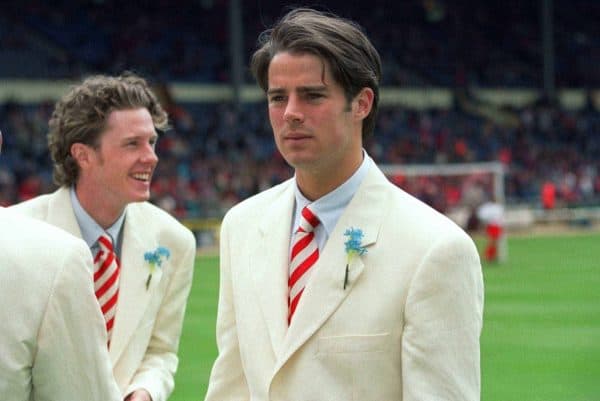
But Evans’ legacy surely comes in the form of two impressive academy graduates who made their senior bows for the club within just four months.
Jamie Carragher was the first cab of the rank, aged 19, in January 1997, before Michael Owen (17) swiftly followed – the striker became the club’s youngest-ever goalscorer at 17 years and 143 days, a record that stood until November 2016.
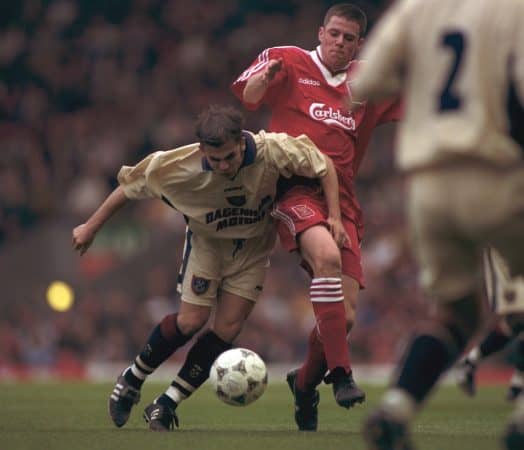
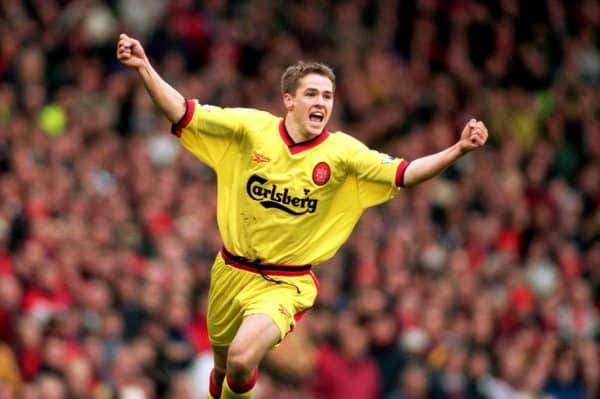
In 1998, Gerard Houllier would join Evans in the dugout – a partnership that would last all of three months as it proved an “impossible situation” for the latter to navigate.
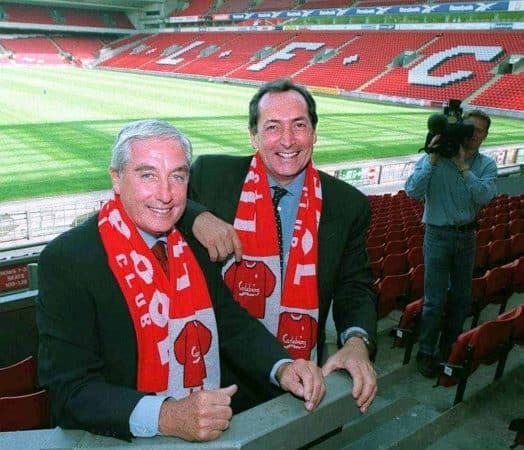
It would be Houllier, though, who would hand Steven Gerrard the keys to the castle he was yet to know he would rule in the future, with his debut arriving on November 29, 1998.
Talk about a significant moment in Liverpool’s history!
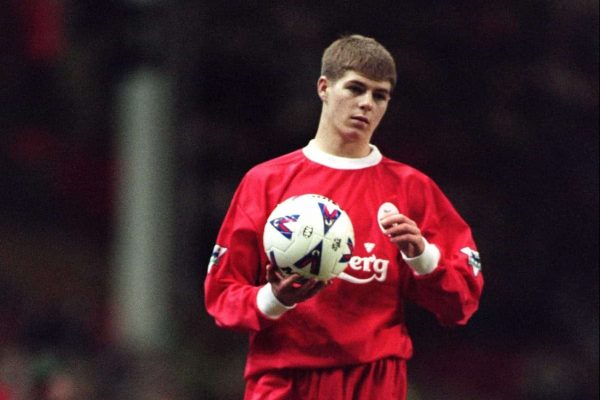
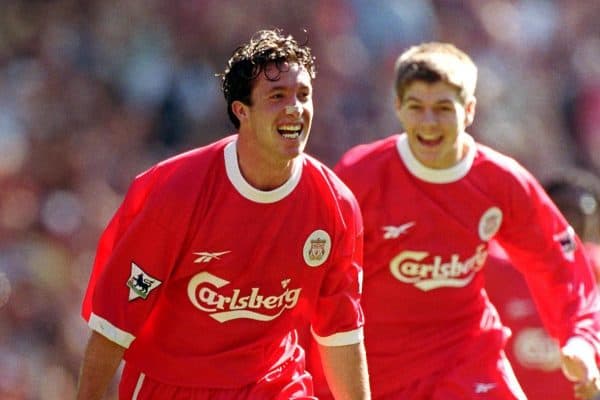
In his first summer in sole charge, Houllier oversaw significant changes to his squad.
Out went the likes of Steve McManaman, David James, Rob Jones and Paul Ince, and in came Sami Hyypia, Vladimir Smicer, Stephane Henchoz, Didi Hamann and Sander Westerveld.
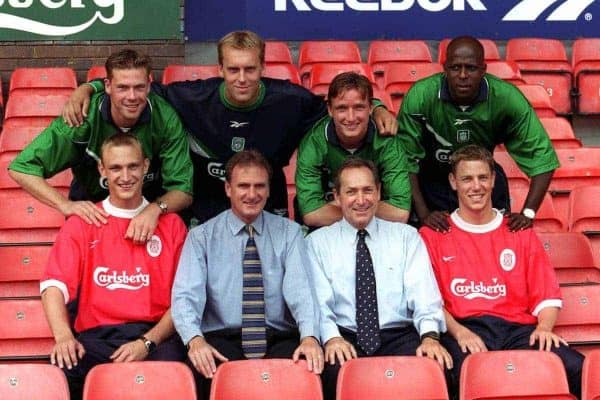
It was a group that helped lead Liverpool to a historic start to a new millennium, ensuring the 2000s would see more silverware than the ’90s.
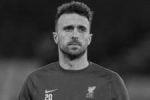
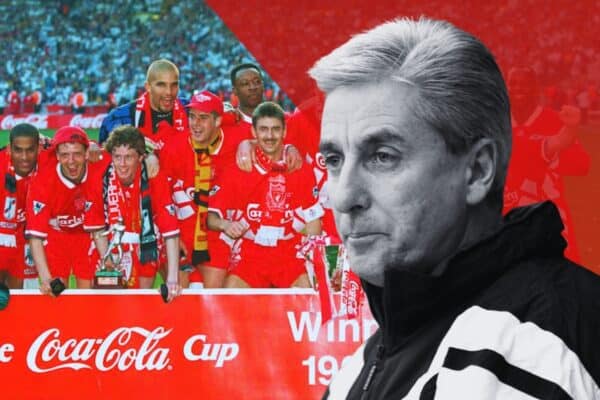
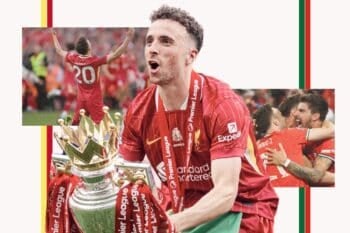
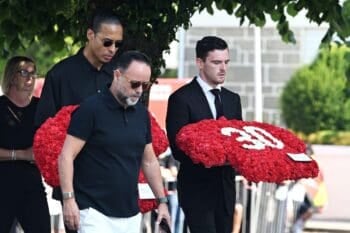
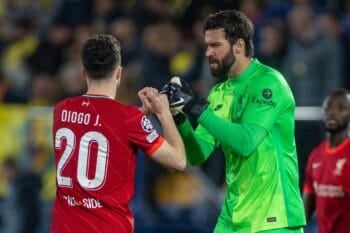
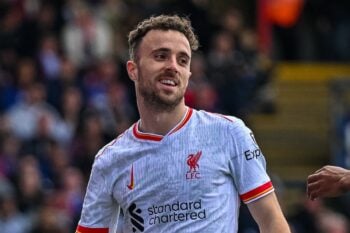
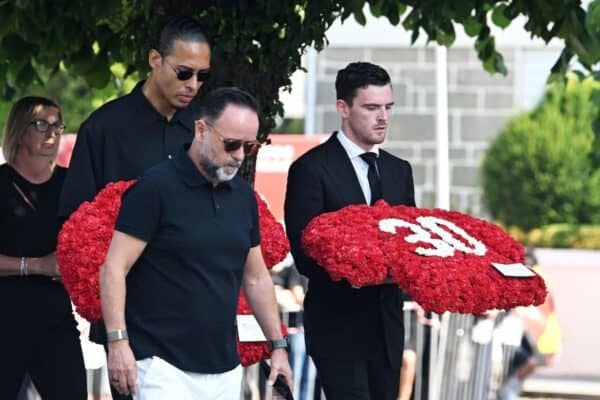
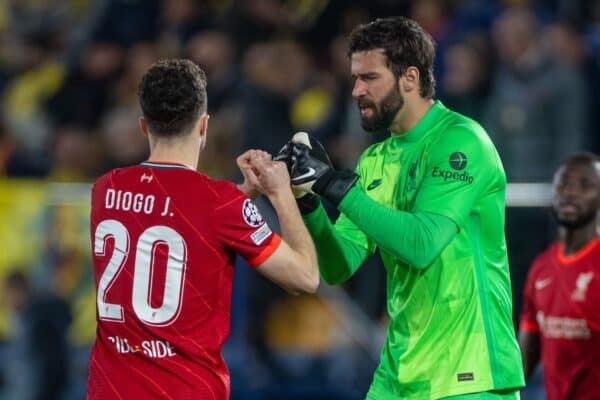
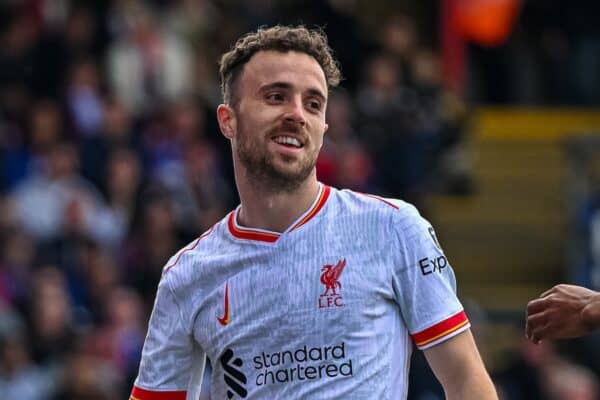
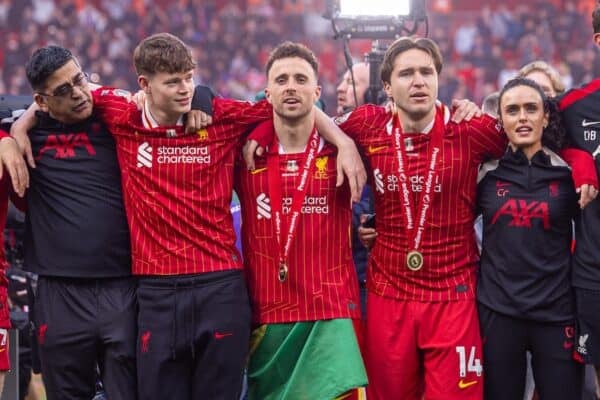
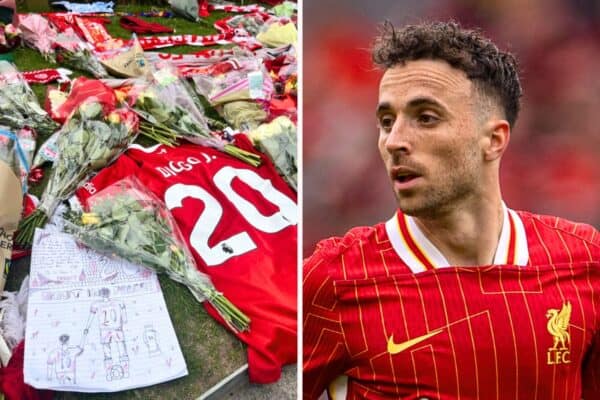
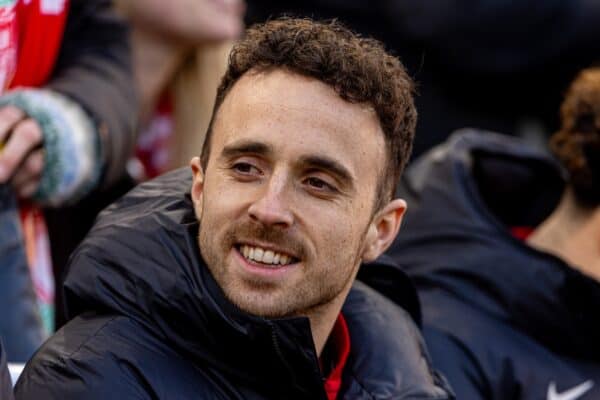
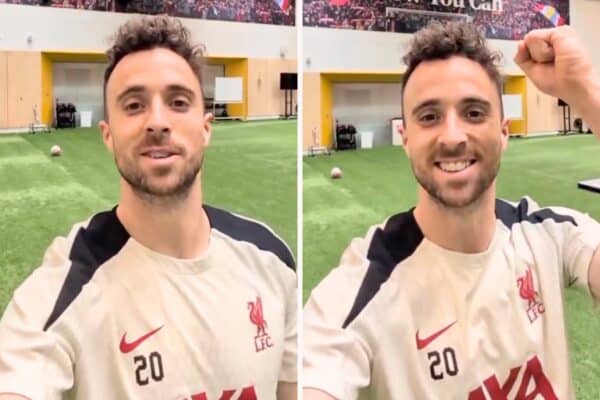
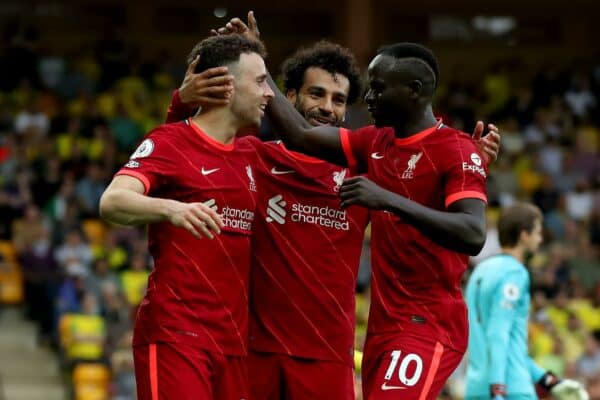
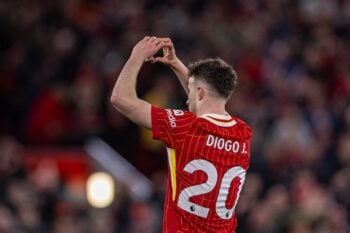
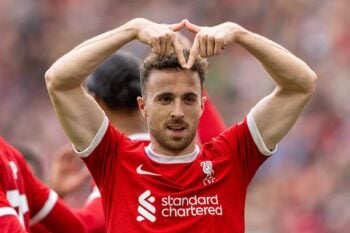
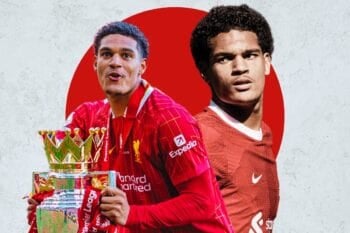
Fan Comments